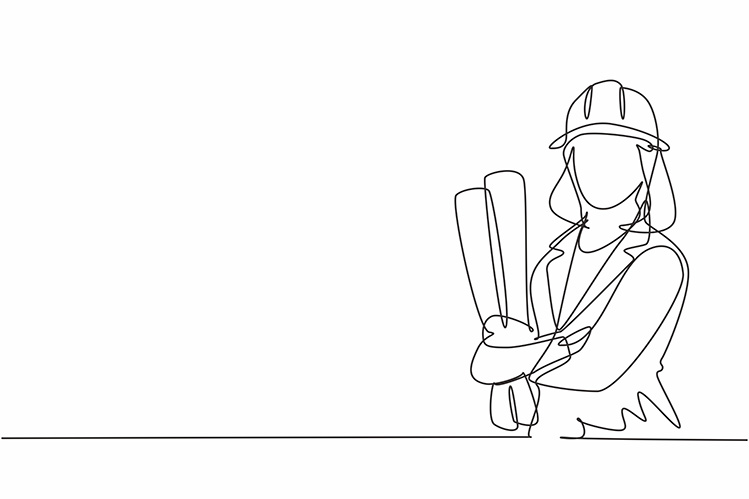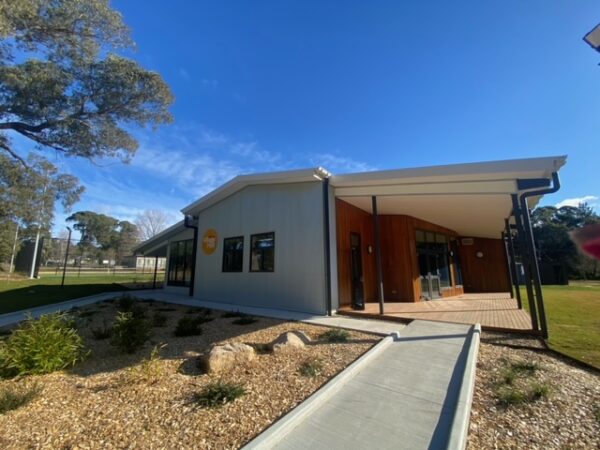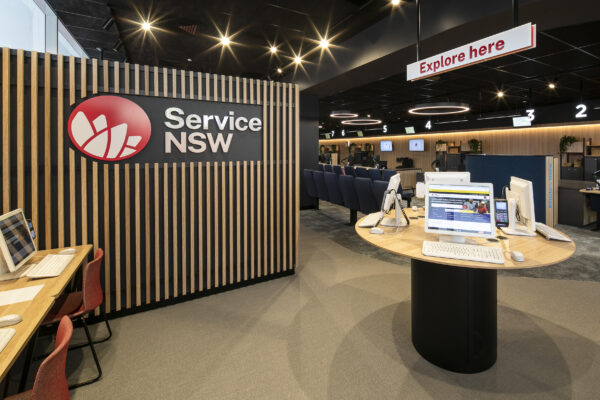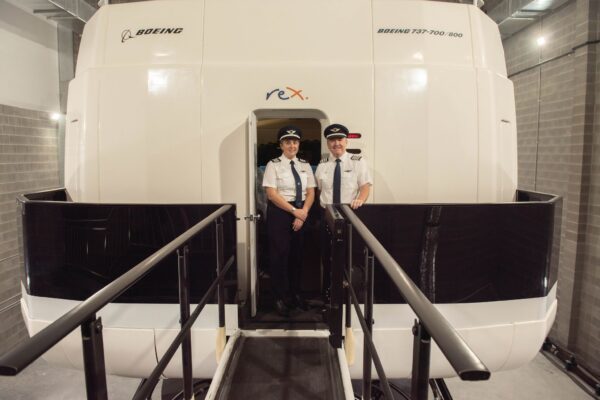This International Women’s Day (IWD), JN are recognising and celebrating the achievements of women in engineering. Of course, we do this every day of the year (our entire team are fantastic, so it goes without saying), but we love getting together for events like yesterday’s Engineers Australia IWD convention or today’s Creative Women’s Circle lunch, to regroup as an industry and recognise the lived realities of women in our field: their achievements and challenges, and what we might do to improve the opportunities and experiences of women working in or considering a career in the engineering profession. Women in engineering have been making significant contributions for centuries, but we believe there’s still a long way to go in promoting parity of gender representation and equality in the industry. In this blog, we want to get serious about the issue, investigate persisting problems women face in our industry and how they might be tackled, and advocate for women in the wider engineering community.
Famous Female Engineers in History
There are many inspiring female engineers throughout history. Here are just a few of the incredible minds who have made significant contributions in their field:
- Mary Anderson was a civil engineer in the 1800s, and widely considered the first female engineer in the United States. She developed the first automatic window cleaning system and has been recognized for her ground-breaking work and inspiration for other women interested in engineering.
- Marion MacDonald was a pioneering female electrical engineer in the early 1900s. She was the first woman to be awarded a degree in electrical engineering.
- Elsie MacGill, the “Queen of Hurricanes”, was the first woman to earn an aeronautical engineering degree. She made major contributions to the field of aeronautical design and was a great advocate for the rights of women in engineering practice.
- Lillian Gilbreth was an industrial engineer and management consultant. She is credited with revolutionising the field of industrial engineering in the mid 20th century. You can thank her for those shelves in your fridge and the foot pedal that opens your kitchen bin. She is considered one of the most influential engineers in history.
- Florence Violet McKenzie, or “Mrs Mac”, was Australia’s first female electrical engineer. A true leader, she trained thousands of women in morse code to aid the war effort and established the Women’s Auxiliary Australian Air Force and the Women’s Royal Australian Naval Service. She was a lifelong promoter of technical education for women.
Female Representation in Engineering
From the earliest recognised female engineers in the 1800s, through to the present day, women have made significant contributions to the engineering industry.
However, there is still a long way to go when it comes to female representation in engineering. Despite increases in the number of women studying engineering, the profession is still dominated by men. Although women comprise 48% of Australia’s workforce, they hold only 13% of engineering jobs. This is in stark contrast to other STEM (Science, Technology, Engineering and Maths) fields, such as biological sciences, where the gender representation tends to be far more balanced.
Last year, Engineers Australia (EA) released a report on Women in Engineering, revealing that the most significant reason young women do not pursue engineering is a lack of knowledge regarding the field and what engineers do, largely due to minimal educational or socio-cultural exposure to the discipline in their early years. In the EA study, out of 1,400 people surveyed, a staggering 90 per cent of the female participants in non-engineering fields did not deem it a viable career path. Their findings showed some obstacles to the profession include the conception of engineering as too “male-orientated” or “boring”, and that young girls were not being encouraged to excel in STEM-related topics from as early as primary school, compared to their male peers.
This study gives insight into how we can address the gender representation issue. Jane MacMaster, the Chief Engineer at Engineers Australia, believes the recent discoveries should prompt action to counterbalance the gender disparity and to promote a new generation of female engineers. MacMaster has concluded that early intervention and education are part of that action, after discovering that over 90% of girls had already chosen their field of study before the end of year 11.
Jane MacMaster argues that to evoke interest in engineering to young minds of all genders, it is necessary to focus on four main groups: schoolchildren, their parents, teachers and career advisors. She believes that if the latter three groups are not informed of the various options available in engineering careers, they are unlikely to inform or talk about them to girls and young women.
JN staunchly believes in promoting a diverse workforce. Not only is it desirable from an ‘equitable’ or equal-opportunity perspective, but it is also advantageous in delivering benefits to productivity and innovation, which are logically optimised when a field of work accommodates a greater diversity of people.
As indicated by the Australian Government’s Women in STEM Ambassador, Lisa Harvey-Smith, drawing female talent to engineering is essential in satisfying the skills shortages facing the engineering industry, at a time when current estimates call for at least an extra 100,000 engineers Australia-wide to cover proposed projects out to 2030.
JN believes that more should be done to communicate the advantages of engineering to inspire more women to pursue the profession, and moreover, to create and preserve an industry culture that ensures that they remain.
What other issues should we be addressing?
In addition to unequal gender representation in the industry, women engineers have historically faced a range of challenges such as gender pay gap, industry recognition and lack of support from their peers. These problems have traditionally made it difficult for women to thrive in many professions, but the continued and glaring under-representation in engineering specifically has the effect of persisting the myth that engineering is a “male-orientated” profession.
Women engineers also contend with inequality of pay. In 2021, the gap between women’s and men’s pay in STEM industries was $36,000, or 24%, according to the Department of Industry, Science and Resources, making it the third highest industry for gender pay gap from the 13 grouped industries assessed by the Department.
At JN, we love what we do, and we’re proud to be engineers, but we’re not proud of the way the above statistics reflect on the broader industry. We believe that merit is merit; effort is effort. We believe that assessment of remuneration should be based on specific duties and responsibilities of each position, ongoing KPIs and adjustment to broader economic considerations, and blind to any form of bias. We understand that sometimes these biases are unconscious. Therefore, we encourage our broader industry to embrace tools such as pay equity audits, to identify any discrepancies in roles of equal nature and performance.
We want to address the important issue of workplace culture. Active discrimination and harassment within a workplace are never to be tolerated, under any circumstance. But it doesn’t just stop there. Women who are excluded from teams, projects, activities and career progression opportunities due to gender bias (whether conscious or unconsciously done), may feel that it reflects on their own abilities. Tellingly, the EA study found that 1 in 3 female engineers felt they needed to act like “one of the boys” to fit in! All team members need to feel comfortable and included in the workplace, and supported in facing any challenges, so it is alarming that a larger number of women reported feeling unsupported at work. The EA study found 2 in 3 surveyed women who left the engineering profession did so because they experienced lack of career progression, gender discrimination, bullying or sexual harassment. In contrast, only a small proportion left because the work wasn’t a match for their skills and interests. This means that women don’t typically leave because of the work; they leave because of the workplace – issues that limit their opportunities and adversely impact their daily working experience. JN believes the wider engineering industry has a responsibility to invest in understanding the unique challenges women engineers face and continue to support more women entering the profession by providing a supportive network in which to discuss any challenges.
Lastly, we want to identify the comparative lack of recognition for the work of female engineers. Even though women have been making significant contributions to the engineering industry for centuries, they are still often overlooked, and their achievements are not given the same recognition as their male counterparts. We believe that any staff member who excels at their job should be both internally recognised and, where possible, considered for industry awards that reflect their excellence. (In recent news, we’re proud to tell you that Neasha Jeffery, a JN Associate Structural Engineer, is a contender for the Champions of Change – Female Leadership award at the upcoming Consult Australia Awards for Excellence in late March. Go Neasha – we are all behind you!)
The above issues can make it difficult for women to thrive in their engineering careers and can have a negative impact on the entire engineering profession, which would benefit overall from the inclusion of a wider brain pool of human talent and skill.
How JN Supports Gender Diversity in Engineering
At JN, we believe that everyone should have the opportunity to pursue a career in engineering without facing discrimination or other barriers to success. We pride ourselves on the voice we are raising to have the above issues acknowledged and addressed. Our commitment to creating a workplace where everyone is valued equally and encouraged to reach their full potential cannot be understated. We have implemented a range of initiatives to ensure that women feel supported, valued and satisfied in their work.
First, we are dedicated to creating a safe and supportive working environment for all our employees. We have implemented a range of policies and procedures aimed at creating an environment where everyone is respected and treated equally, with a zero-tolerance policy towards discriminatory behaviour and an immediate escalation process for bullying and harassment.
We are also committed to providing our employees with opportunities for career development. We provide our team members with ongoing access to training and development and regular feedback sessions to ensure that they can reach their full potential.
Further, we encourage our team members to become involved in supportive female mentorships and networks to be able to discuss any issues they may be facing. We also acknowledge the work-life balance stressors, that are historically reported as greater for women in the workforce (including a greater sense of dual responsibility and time-pressure), with sensitive policies towards leave and flexible working arrangements, and a management culture that encourages our team members to feel comfortable in discussing their needs.
These initiatives have been effective in creating a more inclusive and supportive working environment at JN that continues to support the talented women in our team.
This International Women’s Day, we celebrate the amazing contributions of women engineers in our industry and their achievements in the face of significant challenges. We would also like to recognise the incredible efforts of the women in our team at JN. Take a moment to meet some of them here and hear their stories.





